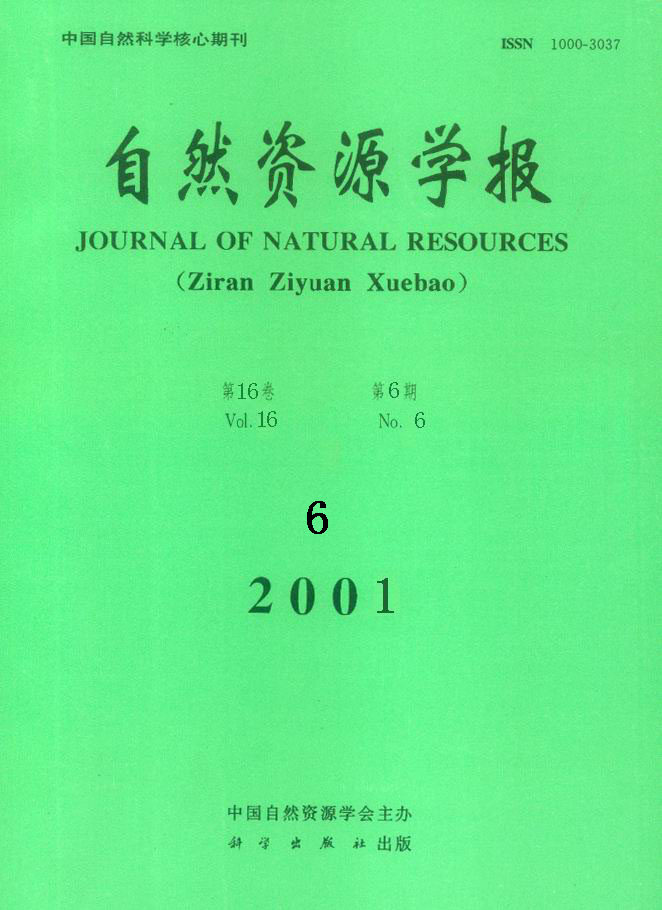Special Column:Celebration of the 70th Anniversary of IGSNRR, CAS
ZHOU Chang-jin, DONG Suo-cheng, WANG Guo
The source areas of the Changjiang,Huanghe and Lancangjiang are referred to the Sa-njiang Source in this study.For the purpose of protecting water resources,we need not only to know anthropogenic water quality degeneration,but also to study water chemistry and its corre-sponding variations,in geographical domain and time,which are formed by the related river water bodies circulation through the natural environments.This paper,based on investigations of the hydrologic characteristics in the source areas of the Sanjiang,focuses on studies of the chemical properties of the water there.Most of the rivers are dominated with HCO 3 ˉin anion and Ca 2+ in cation,with orders in milligram equivalent per-centage of HCO 3 ˉ>Clˉ>SO 42+ in anion and Ca 2+ >Na + +K + >Mg 2+ in cation.However,different orders occur in the Togtun River,Qumar River and Zanag Qu,namely,Clˉ>HCO 3 ˉ>SO 42+ in anion and Na + +K + >Ca 2+ +Mg 2+ in cation.According to conventional hydro-geological methods,three types of river water can be classified by taking the major aqueous anions and cations milligram equiva-lents as criteria,i.e.,bicarbonate,sulfate and chloride.Tests show that most samples belong to bicarbonate and chloride types.According to the sampling test,the total mineralization of river water varies between178.45and1838.29mg /L,total hardness varies between3.01and11.76me /L,and total alkality,between1.17and9.25me /L.This paper also analyses the trace elements of river water in the source areas of the San-jiang and makes an assessment of the water quality of the region.
